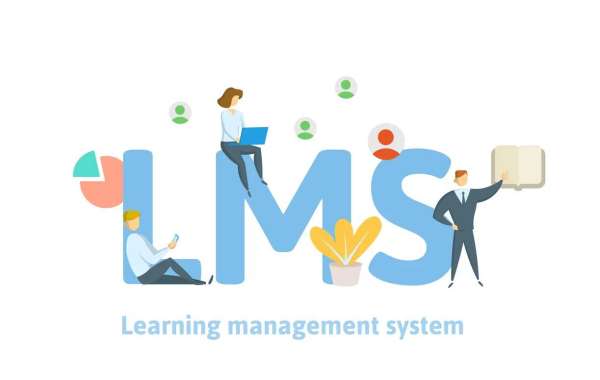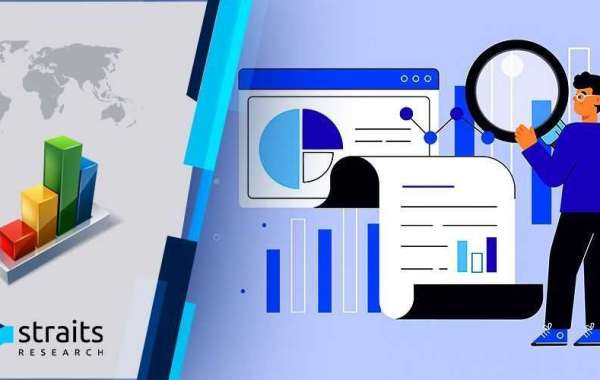As we advance further into the digital age, the importance of leveraging technology for educational and professional development becomes increasingly apparent. One crucial tool leading this digital learning revolution is the Learning Management System (LMS). Whether you're an educator seeking a virtual classroom or a corporation aiming to train employees, understanding the basics of an LMS is crucial. In this article, we'll delve into the fundamental aspects of an LMS.
What is a Learning Management System (LMS)?
At its core, a Learning Management System (LMS) is a digital platform that allows the creation, administration, delivery, tracking, and reporting of e-learning programs. It serves as a central hub where all training materials can be stored, organized, and accessed by learners and instructors.
Key Components of an LMS
Course Management
An LMS allows for the creation and management of online courses. This includes uploading course content, creating quizzes and assessments, and structuring course modules. Depending on the LMS, course content could include text, videos, slide presentations, audio, and interactive content.
User Management
An LMS manages the user base, which may include administrators, instructors, and learners. It can facilitate user registration, enrollments, and can even create groups or cohorts of learners. Learning Paths
LMSs allow for the creation of learning paths, which are sequences of courses or learning activities designed for a particular role or skill set. These paths can be customized based on the learner's role,
knowledge level, and learning objectives.
Tracking and Reporting
One significant advantage of an LMS is its ability to track a learner's progress and performance. This could include time spent on courses, completion rates, and quiz scores. Additionally, comprehensive LMS platforms generate reports that offer detailed insights into these learning metrics.
Communication Tools
Most LMSs include communication tools such as forums, chats, and messaging systems to facilitate interaction between learners and instructors. These tools promote collaborative learning and provide a platform for learners to ask questions and discuss course content. Integrations
Many LMSs can integrate with other systems, such as Human Resource Information Systems (HRIS), Customer Relationship Management (CRM) systems, or third-party content providers. These integrations streamline processes and ensure a cohesive system. Benefits of an LMS
By consolidating all learning content and tools into a single platform, an LMS offers numerous benefits:
• Accessibility: Learners can access materials anytime, anywhere, facilitating self-paced learning.
• Cost-Effective: It cuts costs associated with traditional classroom training, including travel, venue, and instructor fees.
• Scalability: An LMS can cater to a growing number of users and increasingly complex learning paths.
• Standardization: It ensures all learners receive the same content, maintaining the consistency of training.
• Analytics: Detailed tracking and reporting allow for an in-depth understanding of a learner's progress and areas of improvement.
Conclusion
An LMS is a powerful tool in today's digital learning landscape, catering to various sectors – from academia to corporate training. By understanding the basics of an LMS, organizations can leverage this platform to create comprehensive, interactive, and measurable learning experiences. The effective implementation of an LMS can lead to improved learner engagement, knowledge retention, and overall organizational performance.
While the process of switching to or implementing an LMS may seem daunting, the benefits it brings to your learners and your organization as a whole are substantial. By carefully assessing your needs and choosing the right LMS, you can set the stage for a more effective, efficient, and engaging learning environment. Find more details about LMS for Corporate, LMS for SME, and LMS for universities.








